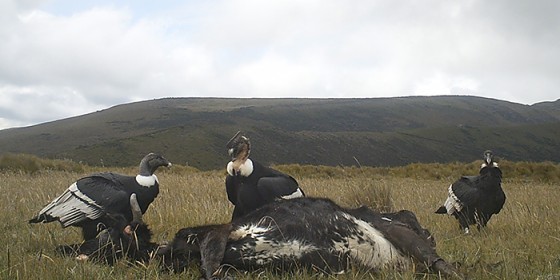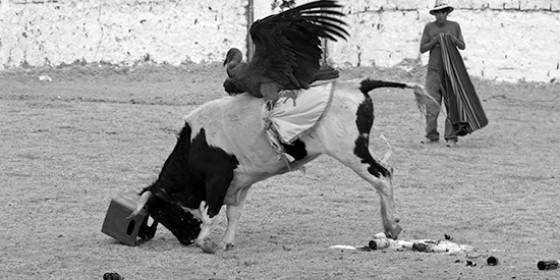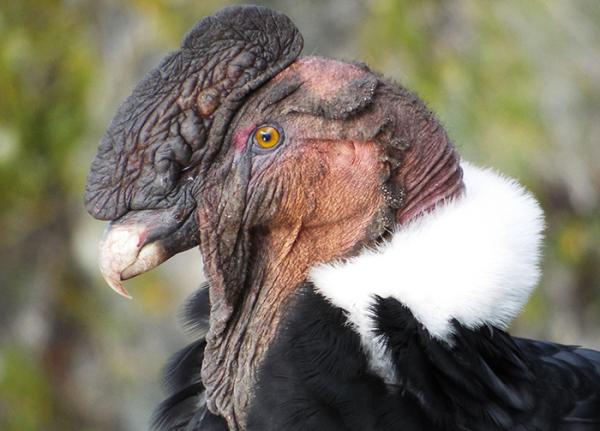With its more than 10-foot wingspan, a soaring Andean Condor is truly magnificent. The ancients depicted it in art more than 4,000 years ago, and five modern countries revere it as a national symbol. But despite its cherished status, this majestic New World Vulture species is declining throughout its vast range from Colombia to Tierra del Fuego, and the northernmost populations are Critically Endangered.
Several thousand Andean Condors were reported in Ecuador a century ago, but today we know of just 100. Fortunately, our efforts show that it’s not too late: since 2012 we’ve found 14 nests, compared to the single nest that had been monitored prior to our study.
Threats to Andean Condors

Hernan Vargas

Sebastian Kohn

Cecilia Larrabure
We gained a wealth of data from nine telemetry-tagged birds, which will help justify immediate conservation measures. Of 31 condors whose blood we tested, all were in good health. And we learned that inbreeding has not occurred, thanks to gene flow between two sub-populations.
The most significant threats are from ranchers who shoot or poison condors in the belief that the birds attack cattle. Although hungry condors have been known to occasionally kill young calves, our studies show they prefer carrion if it’s available. Competition for carrion is stiff, however, because of feral and free-roaming dogs. Lead exposure may be another threat; we found high levels in condors from Argentina.
These factors are compounded by the species’ naturally slow reproductive rates. Andean Condors need at least seven years to mature before they mate, after which successful pairs only raise a single chick every other year. Productivity can’t keep pace with mortality, making the population extremely vulnerable.
The Andean Condor has advantages that bode well for its recovery.
Residents and tourists in South America are genuinely interested in saving this cultural treasure, and we’ve reached millions in documentaries and with a new Spanish-language website. We partner with Ecuador’s Ministry of Environment, and lead the Andean Condor Conservation Network, a continent-wide research consortium. In time, we hope to preserve habitat for the Andean Condor that will also protect key watersheds and maintain the biodiversity of the Amazon Basin, fulfilling this species’ ancient role in Andean myth as a symbol of health and immortality.







